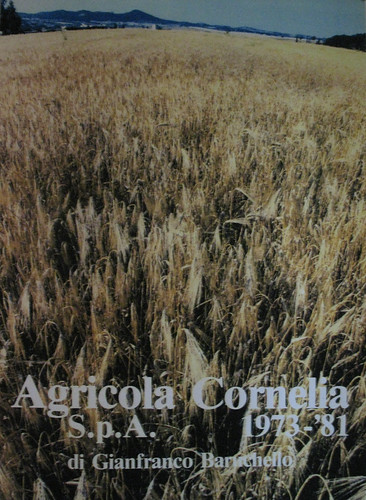[Diego]
Caleb Kelly is one of the lecturers at SCA, and, amongst other things, runs a class for Art Theory, Social Relations and Critical Spaces.
In it it tends to present the reality of post-object art, presenting the works of the like of Gordon-Matta Clark, Vito Acconci and ( I would assume) Alan Kaprow, the situationist, the fluxus movement etc..
As stated in the course outline;
In 1971, Conceptual artist Gordon Matta-Clark, among others, opened Food, a restaurant run by artists, where cooking and dining became a means of artistic expression and debate. Twenty years later, Rirkrit Tiravanija’s work Untitled (Free) took the form of a Thai meal cooked by the artist in the gallery for its patrons. Taking its cue form works such as these, this elective explores expanded models of contemporary art practice and new forms of institutional and social critique. Drawing on the legacies of Situationism and Conceptual Art, it addresses the current dynamics of authorship (such as collaboration and artist collectives), spectatorship, and the politics of space.
So when the Tending garden project started in the courtyard beside the library Caleb quickly enlisted as a great supporter, organising public presentations and lectures.
Above is the image of Lucas presenting Tending to one half of the class, in the garden, on a glorious (outdoor) day.
The students were very engaged with the presentation, asking key questions on a variety of aspects of such an academic adventure as growing a garden could be.
Fantastically they also engaged in follow up conversations on their own blog , here, where some of the questions and reasoning popped back up.
Is it art?
uhmm
Short answer is YES.
Long answer is: does it matter? If as cultural practitioners the end game is communication, does it matter if it fits the label?
Lots of academics delved in recent decades on the thorny question ‘does art have agency’, does art really activate anything outside of its own bubble, can art realistically engage in a constructive and critically-participatory way with modern society?
Or is it just furniture, preaching to converted, high-end consumerist comfort-food for the intellect?
I truly recommend this post by Jodie as an example of how the listeners digested the Tending presentation.
Hopefully some of this people will come about and follow the growing through, inserting their own personal readings as layers of soil, and compost.
As for highlighting the already solid connection of Tending with the outside world surrounding the campus, we (Tending and a number of other keen gardeners) have been invited to advise on a gardening project at Anyplace, the new Leichhardt Council supported artist studios complex just up the road from SCA, see details here.
Get in contact if you want to participate too, Anyplace is worth it. First meeting this coming Monday, send a mail to tending.
Somewhat making a garden sets up a level ground for all, or as Jodie post, a garden could well sit outside all of the already defined structures, transversely joining and inverting them all.


